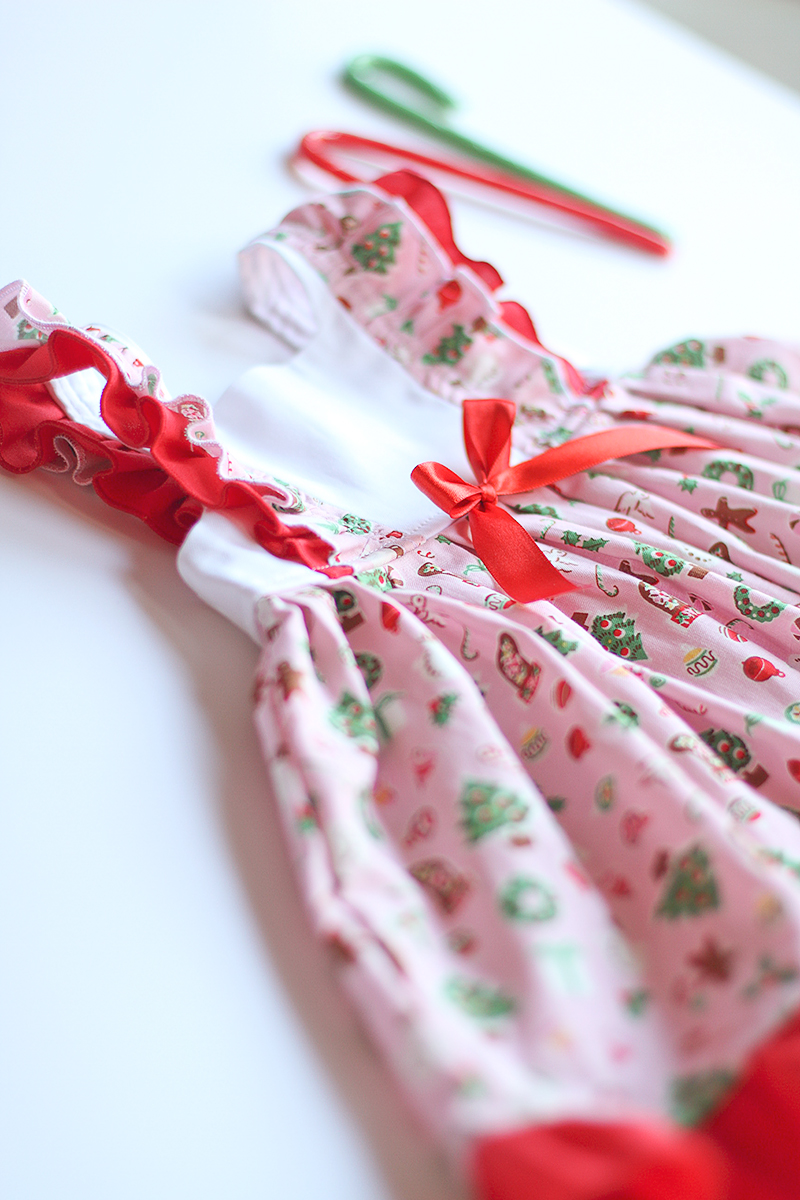I have spent the last four months contemplating whether to shut down or continue doing what I love…..making children’s clothing. For the last 17 years, I have worked hard, educated myself, and continuously evolved with the market, only to find myself questioning whether it is really worth it. My values are high, my work ethic is good, but the facts remain the same, can I compete in this market? Is competition too much in this market?
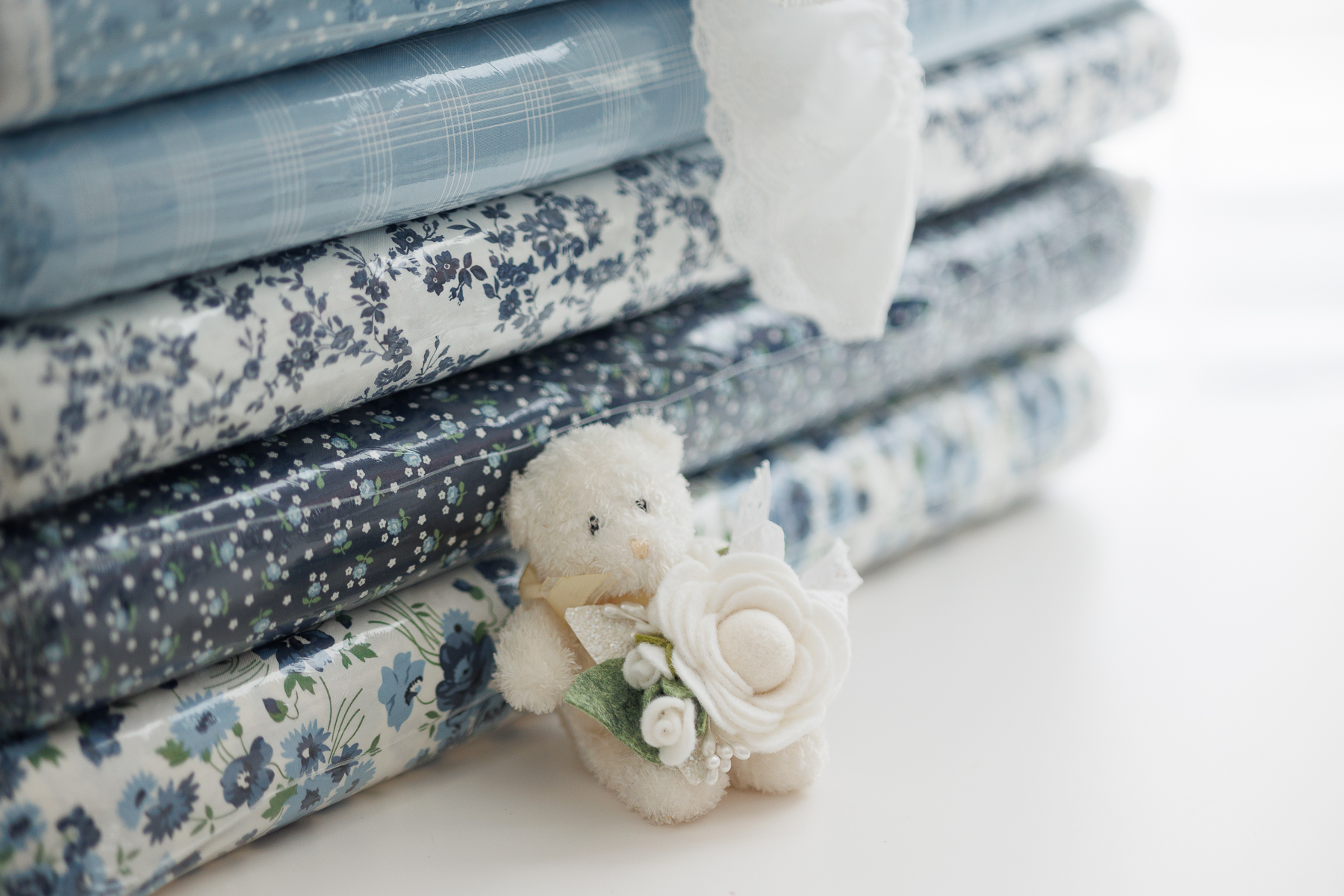
The world of handmade children’s clothing is a delightful world of creativity and uniqueness, reflecting love and care poured into each beautiful dress made by hand. However, this charming industry faces a daunting challenge: relentless competition. In this blog post, I want to discuss how fierce competition in this market can be detrimental to prices, fabric quality, sewing standards, and the well-being of those involved in the production process. Let’s shed light on this issue and explore possible solutions to preserve the essence of handmade children’s clothing.
- Price Pressures and the Quest for Bargains:
In the race to attract customers, some sellers may resort to reducing prices to the point where it impacts their ability to sustain quality materials and fair wages for workers. As consumers demand lower prices, artisans may be compelled to cut corners to stay competitive, affecting the overall standard of their creations.
- Compromised Fabric Quality:
To cut costs and maintain competitiveness, some producers may source inexpensive and low-quality fabrics, impacting the durability and comfort of the clothing, not to mention the effect this has on our environment. Subpar materials can result in clothes that wear out quickly, leading to disappointed customers and a negative reputation for handmade children’s clothing.
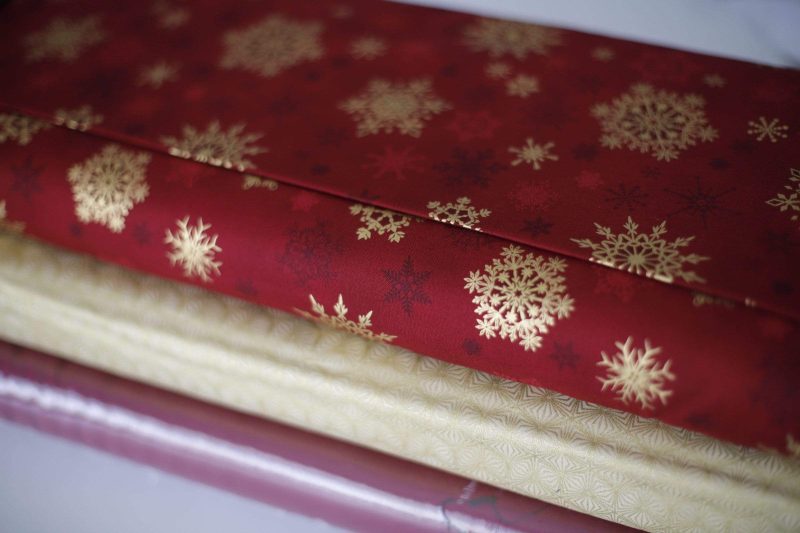
- Diluted Craftsmanship:
Intense competition can put pressure on sellers to increase their production speed, leading to rushed sewing and a lesser quality and/or attention to detail. This could result in poorly constructed garments that fall short of the meticulous craftsmanship that handmade children’s clothing is known for.
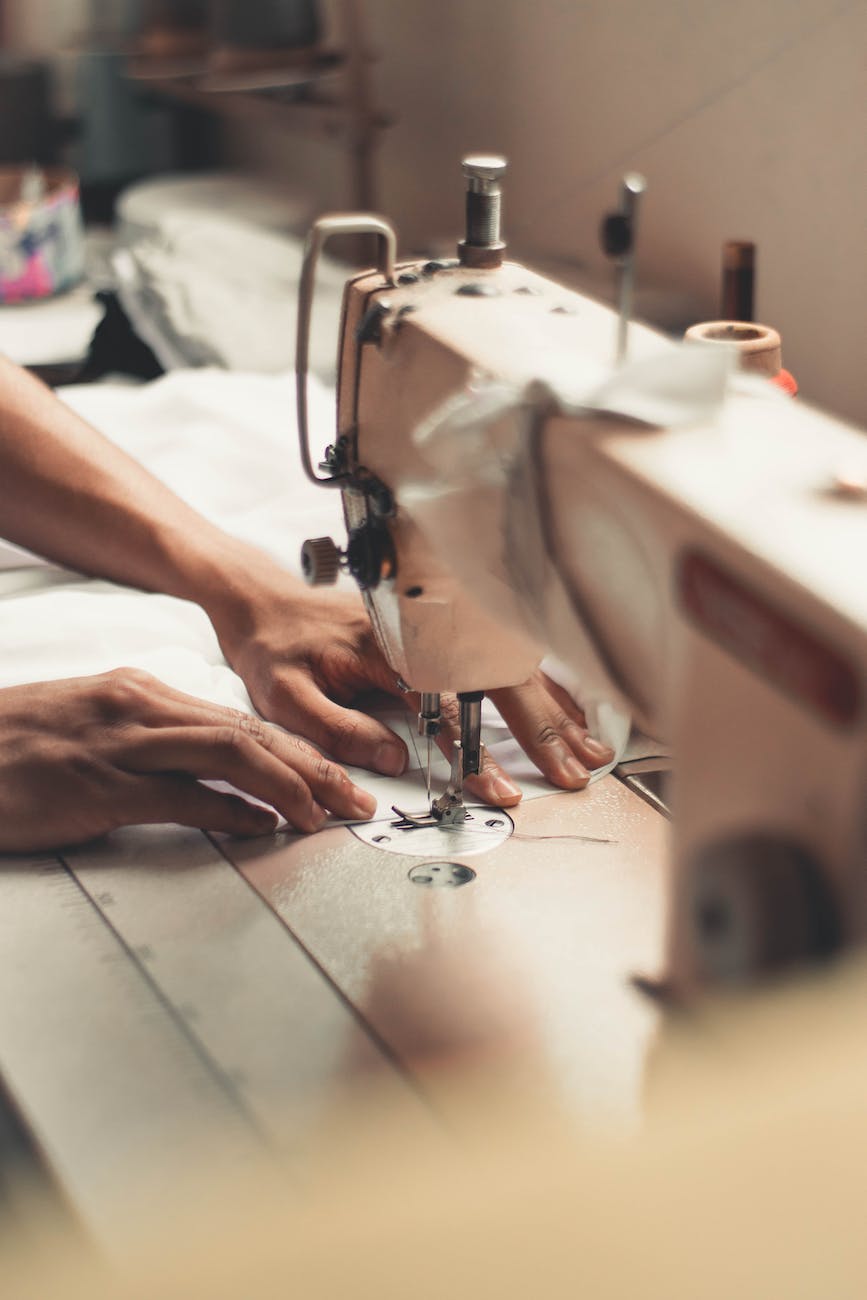
- Exploitative Labor Practices:
In an attempt to lower costs, some manufacturers may resort to utilizing cheap labor, often in less regulated markets or even under exploitative conditions. This practice not only compromises the well-being of workers but also detracts from the ethical and compassionate values that handmade clothing embodies. It is so sad that we are seeing more and more of this throughout the market.
While competition poses challenges, there are ways to address these issues and protect the integrity of handmade children’s clothing.
Let’s educate our consumers. Raising awareness among consumers about the value of quality materials, fair labor practices, and the time invested in creating handmade pieces can help them understand the importance of supporting sustainable and ethical businesses. I often hear from customers, because they too have a small business and understand the consequences of what our competitors are doing. It gives me hope that we can overcome the risks that these businesses pose to our industry.
Practice Ethical Standards. I know it sounds easy, but we all need to give considerable thought to what we are buying. Try supporting an ethical brand, or two. I love the company called Grove. They practice ethical standards with all their products. I love their glass bottles and paper refills.
The regularity of misleading practices, such as labeling mass-produced items as “handmade,” is a growing concern. Some manufacturers may choose to operate overseas, taking advantage of cheap labor and exploiting workers in large industry buildings. This not only goes against the true spirit of handmade clothing but also perpetuates unethical practices and human rights violations.
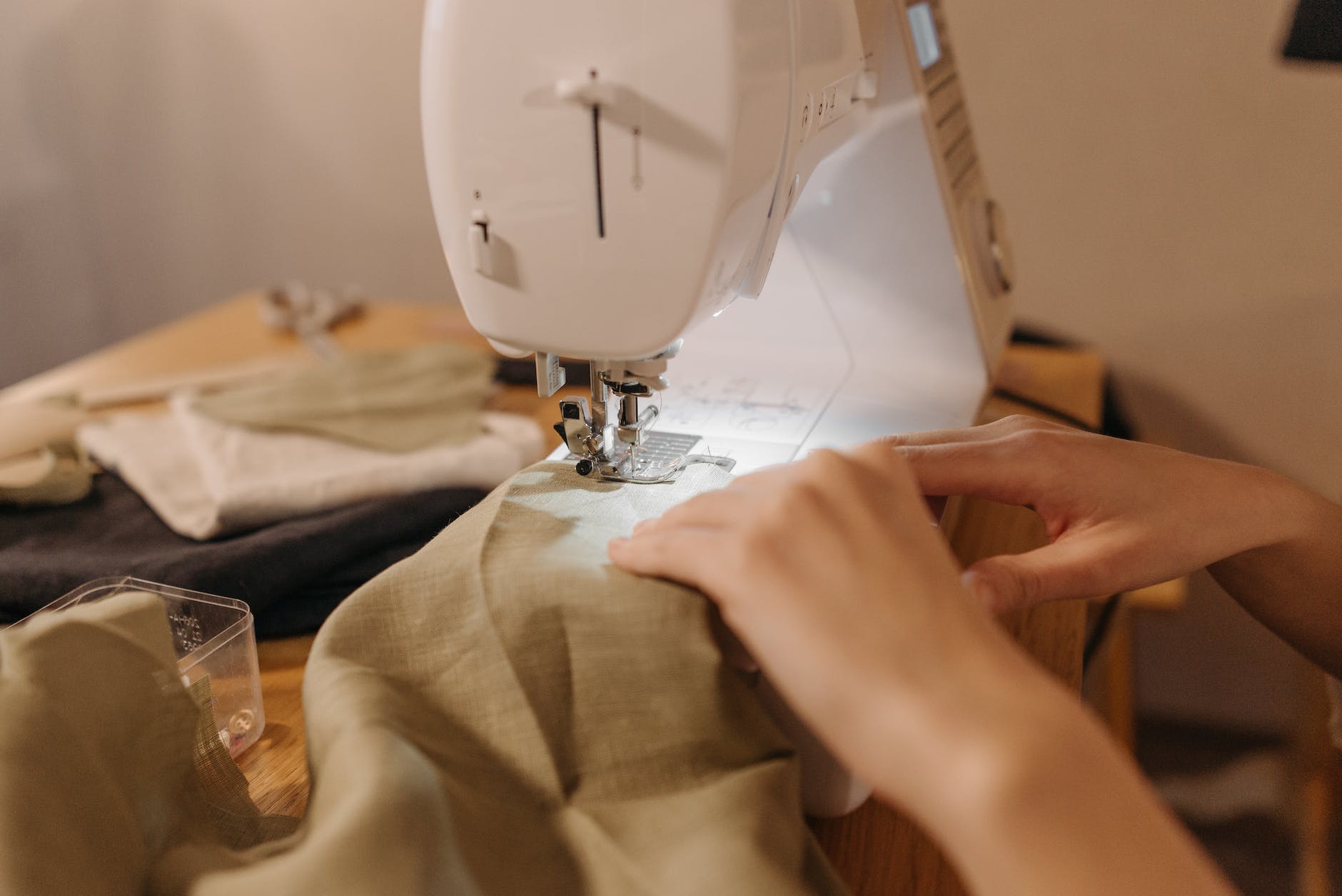
No matter how many personal touches, customizations, or limited designs we put out there, it does not take long for the competition to be copying our standards and designs. Let’s celebrate and support each other more often. I remember a time, in which seamstresses, pattern designers and marketers all shared their experiences with each other on Facebook. We were ahead of the game. This collaboration lead to a strong handmade community that valued quality and uniqueness.
The world of handmade children’s clothing holds immeasurable charm, but the impact of competition cannot be overlooked. By educating consumers, supporting ethical brands, and advocating for change, we can protect the authenticity of handmade products. Let us stand together to preserve the heart and soul of this beloved art form, ensuring that future generations can experience the joy of genuine handmade children’s clothing.
